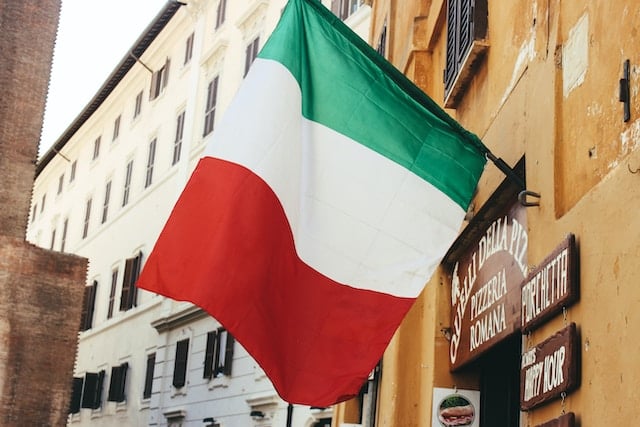La Bella Vita is our regular look at the real culture of Italy – from language to cuisine, manners to art. This newsletter is published weekly and you can receive it directly to your inbox: go to newsletter preferences in ‘My Account’ or follow the instructions in the newsletter box below.
We begin this week’s newsletter with a bit of practical advice that will hopefully save a bit of time and trouble next time you visit Rome’s Pantheon, after the new entry fee came into force over the summer.
City residents can still swing by for a visit without paying (although they’ll have to show proof of address) but for most other visitors over the age of 18 there’s now a five-euro charge.
When the fee first came in, there were reports in the international press of widespread confusion among tourists trying to figure out how to pay the charge – firstly, do you have to queue up in person to buy a ticket, or should you go online? A reader wrote in this week to say things still weren’t clear, so here’s an updated guide to paying the new but, we think, very reasonable charge to see one of Rome’s most incredible ancient sites.
How to visit the Pantheon in Rome

With its three equally-sized stripes of red, white and green, the Italian tricolour is one of the most easily recognisable flags in the world, and a source of great pride for Italians. But do you know what the colours represent?
The true history of the flag isn’t always well known. Even among Italians themselves, the usual explanation you’ll hear is that the green, white and red stand for the countryside, the snowcaps of the Alps, and the blood spilt by Italian soldiers during the wars for independence.
As evocative as this explanation is, there’s no real historical foundation for it and the reality is likely to be a bit more complex and rooted in one part of the country in particular. Here’s a closer look at the meaning of the tricolore:
Why is the Italian flag red, white and green?
On a related note: have you ever wondered why Italy is called Italy, and whether the name means anything?
The history of the name apparently has its roots at the opposite end of the country to the flag. We delved into the etymology in the article below:
Remember if you’d like to have this weekly newsletter sent straight to your inbox you can sign up for it via Newsletter preferences in “My Account”.
Is there an aspect of the Italian way of life you’d like to see us write more about? Please email me at [email protected].




 Please whitelist us to continue reading.
Please whitelist us to continue reading.
Member comments